India customers to view on amazon.in
Daily Care Tips for Dogs for Summers
As the summer season approaches, it’s crucial for dog owners to be aware of the essential daily care tips to keep their dogs happy and healthy. The hot weather can be challenging for dogs, and proper care is necessary to prevent heat-related illnesses.
- Understanding Summer Risks for Dogs
- Essential Daily Care Tips for Dogs for Summers
- Hydration Strategies to Keep Your Dog Cool
- How Much Water Dogs Need in Summer
- Creative Ways to Increase Water Intake
- Dog-Friendly Cooling Drinks and Treats
- Summer Grooming Essentials for Dogs
- Brushing Techniques for Different Coat Types
- Bathing Schedule and Best Practices
- Nail, Ear, and Paw Maintenance
- Creating a Safe Summer Exercise Routine
- Protecting Your Dog’s Paws from Hot Surfaces
- Testing Surface Temperatures Before Walks
- Protective Gear for Paw Safety
- Paw Care and Treatment for Heat Damage
- Summer Diet Adjustments for Optimal Health
- Cooling Products and Solutions for Summer Comfort
- Preventing and Treating Summer Parasites
- Conclusion: Ensuring a Happy and Healthy Summer for Your Dog
- FAQ
- How often should I bathe my dog in the summer?
- What are some signs of dehydration in dogs?
- How can I keep my dog cool during hot summer days?
- What are some safe outdoor activities for dogs in hot weather?
- How can I protect my dog’s paws from hot surfaces?
- What are some homemade cooling treat recipes for dogs?
- How much water should my dog drink in the summer?
- What are some tips for preventing heatstroke in dogs?
- How can I keep my dog’s fur clean and healthy in the summer?
- What are some summer diet tips for dogs?
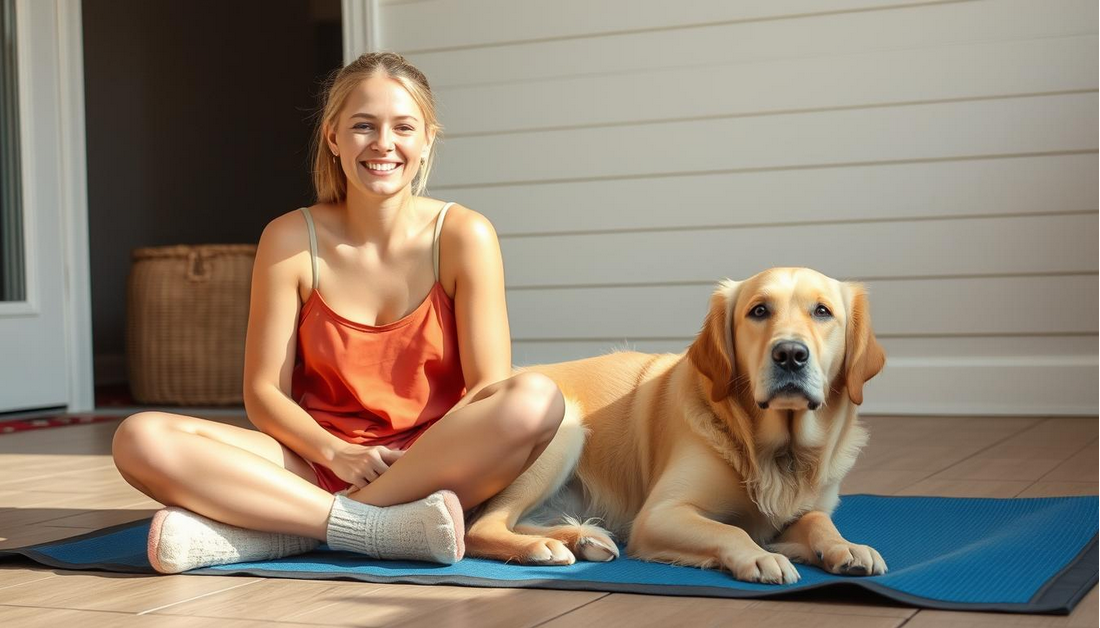
During the summer months, dogs require extra attention to their grooming, hydration, and exercise routines. By following the right dog summer care tips, you can ensure your dog stays cool, comfortable, and safe throughout the summer.
Key Takeaways
- Provide plenty of fresh water to keep your dog hydrated.
- Adjust your dog’s exercise routine to avoid heat exhaustion.
- Keep your dog’s coat clean and well-groomed.
- Provide a cool and comfortable place for your dog to rest.
- Monitor your dog’s temperature and watch for signs of heatstroke.
Understanding Summer Risks for Dogs
With the onset of warmer weather, understanding the risks summer poses to canine health becomes crucial. As temperatures rise, dogs face various health challenges, making it essential for dog owners to be aware of the potential risks.
How Heat Affects Canine Health
Dogs regulate their body temperature differently than humans, primarily through panting and sweating via their paw pads. However, this mechanism may not be sufficient in extreme heat, leading to heat-related illnesses.
Temperature Regulation in Dogs
Dogs maintain their body temperature through respiratory evaporative cooling, i.e., panting. However, this process can be less effective in hot and humid environments.
Breed-Specific Heat Sensitivity
Some breeds, such as those with brachycephalic (flat) faces, are more susceptible to heat sensitivity due to their anatomical structure, which can impede normal breathing and cooling.
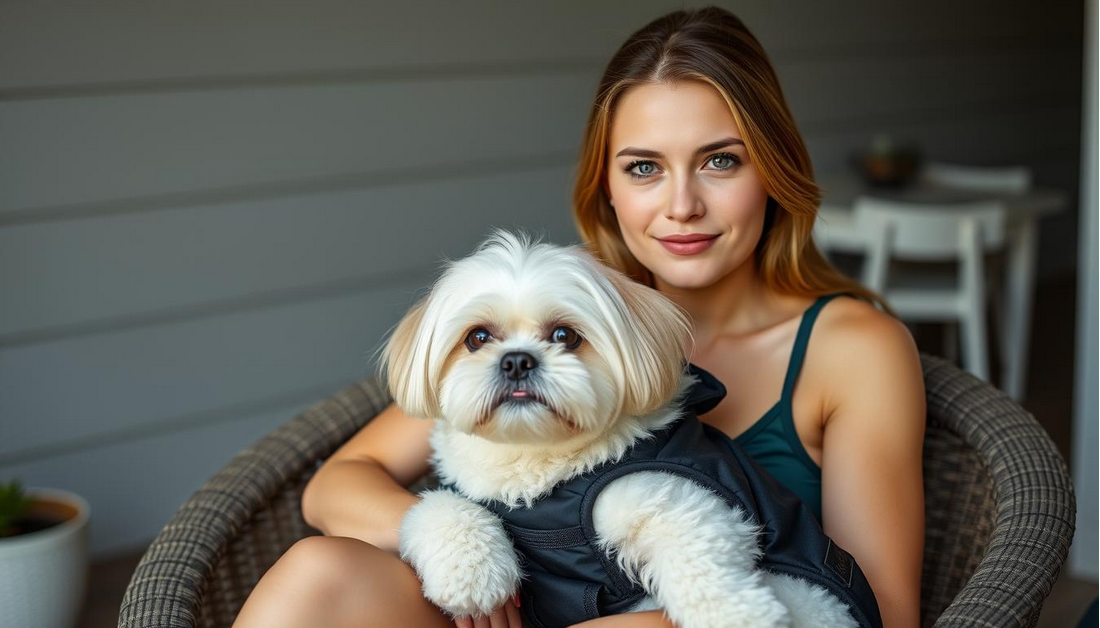
Signs of Heat-Related Distress to Watch For
Recognizing the early signs of heatstroke is vital for timely intervention. Dog owners should be vigilant about their pets’ behavior during hot weather.
Early Warning Signs of Heatstroke
Initial signs include excessive panting, drooling, and restlessness. If your dog exhibits these symptoms, it’s crucial to provide a cooler environment immediately.
When to Seek Veterinary Care
If your dog’s condition worsens or shows signs of severe heatstroke, such as collapse or vomiting, seek veterinary care immediately.
By understanding these risks and taking preventive measures, dog owners can help ensure their pets remain safe and healthy throughout the summer.
Essential Daily Care Tips for Dogs for Summers
To keep your dog happy and healthy during the summer, a daily care routine is essential. This involves a combination of activities and precautions tailored to the different parts of the day.
Morning Care Routine
Starting the day early is crucial for your dog’s comfort during the summer. This includes an early morning exercise schedule and preparing for the day’s heat.
Early Morning Exercise Schedule
Take your dog for a walk or engage in playtime early in the morning to avoid the heat of the day. This helps in maintaining their physical health and mental well-being.
Preparing for the Day’s Heat
After the morning exercise, ensure your dog has access to plenty of fresh water and a cool place to rest. This preparation is key to helping them cope with the rising temperatures.
Afternoon Precautions
As the day heats up, it’s vital to take afternoon precautions to keep your dog cool and safe.
Indoor Activities During Peak Heat
Keep your dog indoors during the hottest part of the day and engage them in indoor activities such as puzzle toys filled with treats or hide-and-seek games.
Monitoring Your Dog’s Comfort
Regularly check on your dog to ensure they are not showing signs of heat distress. Monitoring their comfort and adjusting their environment as needed is crucial.
Evening Care Checklist
As the day cools down, an evening care checklist can help ensure your dog’s comfort throughout the night.
Cooling Down Routines
Engage your dog in cooling down routines such as a gentle walk or a cool bath to help lower their body temperature.
Night-Time Comfort Measures
Provide a cool and comfortable sleeping area for your dog. Using a cooling mat or ensuring good ventilation can enhance their night-time comfort.

Hydration Strategies to Keep Your Dog Cool
Keeping your dog cool and hydrated is vital for their health during summer. Proper hydration helps regulate body temperature and maintain overall health.
How Much Water Dogs Need in Summer
Dogs need access to plenty of fresh water, especially during the hot summer months. The amount of water a dog needs can vary based on several factors, including size, activity level, and climate.
Calculating Water Requirements by Weight
A general rule of thumb is that dogs need about 1 ounce of water per pound of body weight per day. For example, a 50-pound dog would need around 50 ounces of water daily. However, this can increase with exercise and high temperatures.
Signs of Dehydration to Monitor
It’s crucial to recognize the signs of dehydration in dogs, which include dry gums, excessive panting, and lethargy. If you notice any of these symptoms, ensure your dog has access to water and consider consulting a veterinarian.
Creative Ways to Increase Water Intake
Some dogs can be picky about their water, so making it more appealing is essential. Using different types of water bowls or fountains can encourage dogs to drink more.
Water Bowl Placement and Types
Placing water bowls in multiple locations around the house and using bowls that are comfortable for your dog can increase water intake. Some dogs prefer running water, which is where water fountains come in.
Water Fountains and Automatic Dispensers
Water fountains can make drinking more appealing to dogs. Automatic dispensers can also ensure a constant supply of fresh water.
Dog-Friendly Cooling Drinks and Treats
In addition to plain water, dog-friendly cooling drinks and treats can help keep your dog hydrated and cool. Frozen treats and hydrating foods are excellent options.
Frozen Treat Recipes
You can make frozen treats at home using dog-safe ingredients like peanut butter, banana, and chicken broth. These treats are not only fun but also help in keeping your dog cool.
Hydrating Food Options
Incorporating hydrating foods into your dog’s diet can also contribute to their overall hydration. Foods with high water content, such as watermelon and cucumbers, are great options.
| Food Item | Water Content |
|---|---|
| Watermelon | 92% |
| Cucumbers | 96% |
| Strawberries | 92% |
“The key to keeping your dog hydrated is providing constant access to fresh water and making it appealing. Adding hydrating foods and cooling treats can also make a big difference.”
— Dr. Jane Smith, Veterinarian
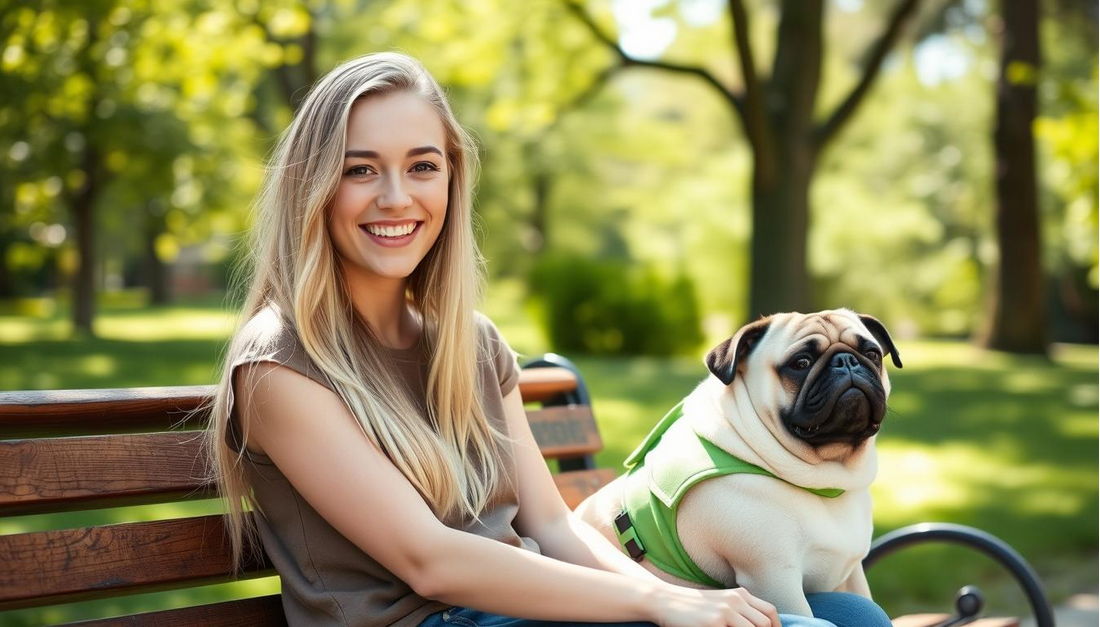
Summer Grooming Essentials for Dogs
Summer grooming is crucial for maintaining your dog’s comfort and health during the hot months. As the weather warms up, your dog’s grooming needs change, requiring adjustments to their care routine.
Brushing Techniques for Different Coat Types
Brushing your dog regularly is vital, especially during summer when shedding increases. Different coat types require specific brushing techniques. For instance, double-coated breeds need regular brushing to manage shedding and prevent matting.
Double-Coated Breed Considerations
For double-coated breeds, regular brushing helps manage shedding and prevents matting. Use a slicker brush or a rake designed for their coat type. This not only reduces shedding but also distributes skin oils, enhancing coat health.
Short-Haired Dog Maintenance
Short-haired dogs benefit from a rubber brush or a grooming glove, which help remove loose hair and distribute skin oils. Regular brushing can also improve circulation and reduce shedding.
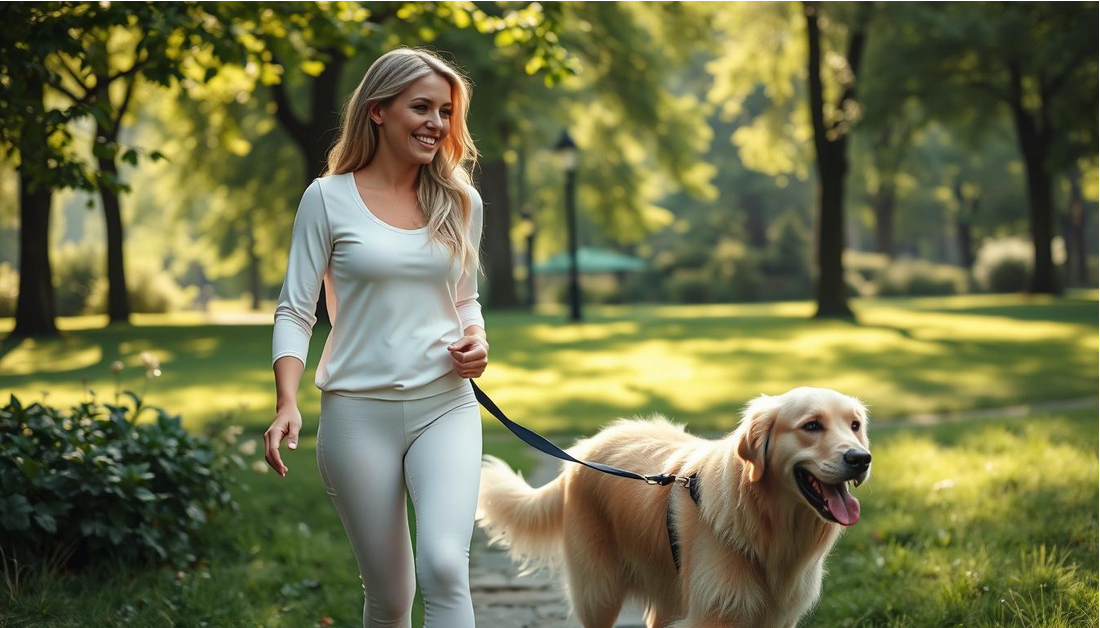
Bathing Schedule and Best Practices
Adjusting your dog’s bathing schedule according to the summer heat is essential. Over-bathing can strip their coat of natural oils, while under-bathing can lead to skin issues. Find a balance that works for your dog.
Summer-Appropriate Shampoos
Use shampoos formulated for summer, which often contain ingredients that help cool the skin or protect against sun damage. Look for shampoos with aloe vera or tea tree oil for their soothing properties.
Drying Methods in Hot Weather
After bathing, dry your dog thoroughly, paying extra attention to areas prone to moisture accumulation. Use a towel or a low-heat dog dryer to prevent bacterial or fungal growth.
Nail, Ear, and Paw Maintenance
Regular maintenance of your dog’s nails, ears, and paws is crucial during summer. Long nails can cause discomfort, while unclean ears can lead to infections.
Preventing Hot Weather Ear Infections
Clean your dog’s ears regularly to prevent infections, which can be more common in moist environments. Use a dog ear cleaner and cotton balls to gently clean the outer ear.
Paw Pad Moisturizing Routines
Moisturize your dog’s paw pads to protect them from hot surfaces and dryness. Apply a paw balm or wax regularly, especially after walks.
| Grooming Task | Frequency | Tips |
|---|---|---|
| Brushing | Daily | Use the right brush for your dog’s coat type. |
| Bathing | As needed | Use summer-appropriate shampoos. |
| Nail Trimming | Every 4-6 weeks | Avoid cutting the quick. |
Creating a Safe Summer Exercise Routine
Creating a safe summer exercise routine for your dog is essential to prevent overheating and ensure they remain active.
Best Times for Walking Your Dog
To avoid the heat, it’s best to walk your dog during the cooler parts of the day. Early morning and evening walks are ideal as they help prevent heatstroke.
Early Morning Walk Benefits
Early morning walks not only avoid the heat but also provide a peaceful environment for your dog to enjoy the outdoors.
Evening Exercise Options
Evening walks can be a great way to cool down after a hot day, offering a chance for your dog to relax and exercise.
Safe Outdoor Activities in Hot Weather
When the temperature rises, it’s crucial to choose outdoor activities wisely. Water-based play and visits to shaded parks are excellent options.
Water-Based Play Ideas
Activities like swimming or playing with a sprinkler can be both fun and cooling for your dog.
Shaded Park Activities
Visiting a shaded park allows your dog to exercise while staying out of direct sunlight.
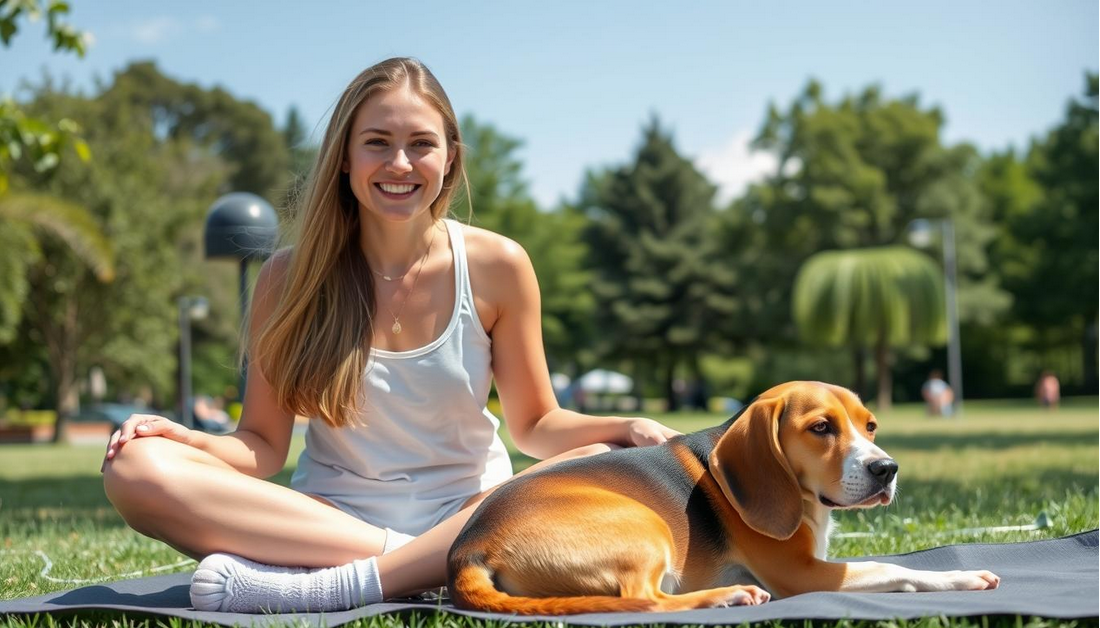
Indoor Exercise Alternatives
On extremely hot days, consider indoor activities to keep your dog engaged. Mental stimulation games and indoor physical activities are great alternatives.
Mental Stimulation Games
Games that challenge your dog’s mind, such as puzzle toys, can be very engaging and tiring.
Indoor Physical Activities
Activities like hide-and-seek or indoor fetch can help keep your dog physically active.
| Activity Type | Examples | Benefits |
|---|---|---|
| Outdoor Activities | Water-based play, shaded park visits | Cooling, exercise |
| Indoor Activities | Mental stimulation games, indoor fetch | Mental engagement, physical exercise |
Protecting Your Dog’s Paws from Hot Surfaces
Hot surfaces can pose a significant threat to your dog’s paw health during the warmer months. As temperatures rise, surfaces like pavement, asphalt, and even sand can become scorching hot, potentially causing burns and discomfort to your dog’s paws.
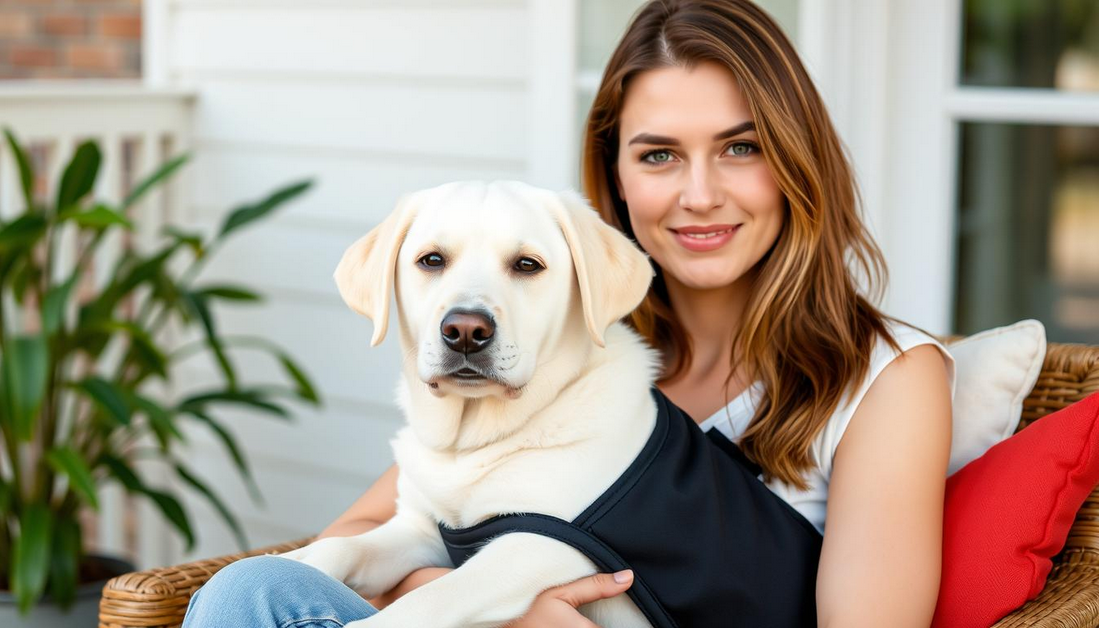
Testing Surface Temperatures Before Walks
Before taking your dog for a walk, it’s essential to test the surface temperature to avoid exposing their paws to extreme heat.
The “7-Second Rule” for Pavement
The “7-second rule” is a simple test where you place the back of your hand on the pavement for 7 seconds. If it’s too hot for your hand, it’s too hot for your dog’s paws.
Identifying Safe Walking Surfaces
Opt for grassy or shaded areas for walks, as these surfaces tend to be cooler than direct pavement or asphalt.
Protective Gear for Paw Safety
Using protective gear can provide an additional layer of safety for your dog’s paws.
Dog Booties Selection and Sizing
Dog booties can be an effective way to protect paws. Ensure you select the right size and type for your dog’s comfort and paw protection.
Paw Wax Applications
Paw wax can be applied to your dog’s paws to create a barrier against hot surfaces. It’s a simple and effective method for added protection.
Paw Care and Treatment for Heat Damage
If your dog’s paws are exposed to heat damage, knowing the right care and treatment is crucial.
First Aid for Burned Paw Pads
For minor burns, cool the paw pad with cool water, then apply a topical ointment. Consult a veterinarian for severe burns.
Healing Treatments and Recovery
Keep the affected area clean and apply healing treatments as recommended by your veterinarian to aid in recovery.
| Paw Protection Method | Description | Benefits |
|---|---|---|
| Dog Booties | Protective footwear for dogs | Direct protection from hot surfaces, durable |
| Paw Wax | Topical application to paws | Easy to apply, creates a protective barrier |
| Surface Testing | Testing surface temperature before walks | Prevents exposure to extreme heat |
Summer Diet Adjustments for Optimal Health
As the temperature rises, adjusting your dog’s diet becomes crucial for maintaining their overall health and comfort during the summer months. A well-balanced summer diet helps prevent heat-related illnesses and ensures your dog remains energetic and happy.
Seasonal Food Recommendations
During the summer, it’s advisable to switch to lighter meal options that are easier to digest. This helps in reducing the heat generated during digestion, keeping your dog cooler.
Lighter Meal Options for Hot Days
Consider incorporating lean proteins and vegetables into your dog’s meals. These are not only nutritious but also help in maintaining a healthy weight and providing the necessary energy without generating excessive heat.
Feeding Schedule Adjustments
Adjusting the feeding schedule can also make a significant difference. Feeding your dog during the cooler parts of the day, such as early morning or late evening, can help prevent overheating.
Homemade Cooling Treats Recipes
Preparing homemade cooling treats is a fun and healthy way to keep your dog cool. These treats can be a great addition to their summer diet.
Frozen Yogurt Dog Treats
One popular treat is frozen yogurt dog treats. Simply mix plain yogurt with dog-safe fruits like blueberries or bananas, pour into ice cube trays, and freeze. These treats are not only cooling but also provide probiotic benefits.
Fruit-Based Cooling Snacks
Fruit-based cooling snacks are another excellent option. Slices of cucumber, watermelon, or apples can be very refreshing for dogs. Ensure that the fruits are safe for canine consumption.
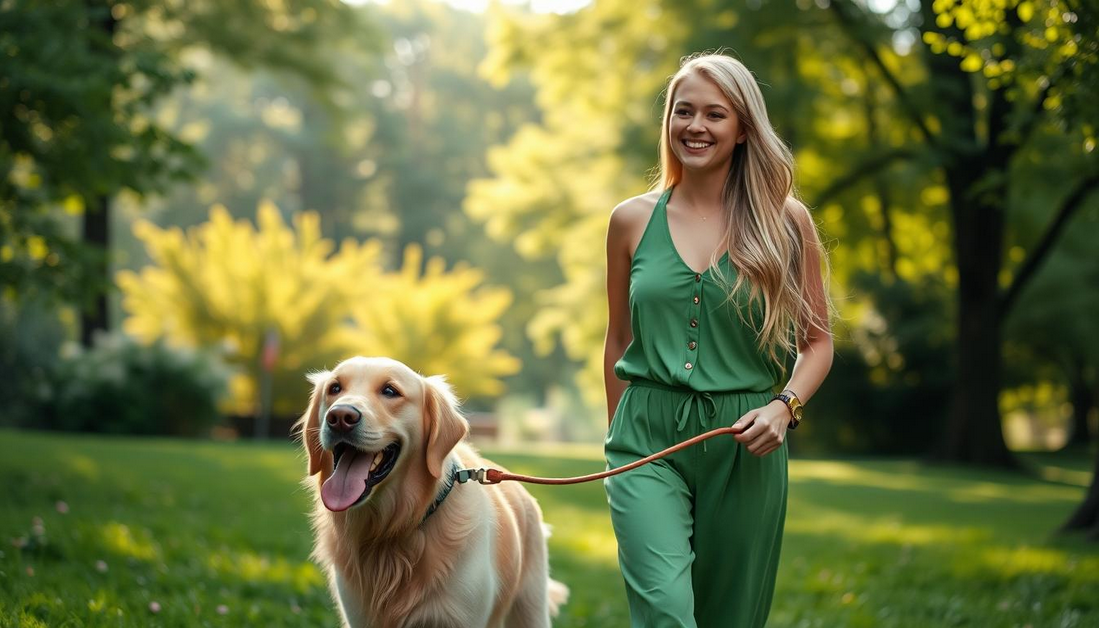
Cooling Products and Solutions for Summer Comfort
The sweltering summer heat necessitates the use of cooling solutions to keep dogs comfortable and safe. As temperatures soar, dog owners are turning to various cooling products to provide relief to their pets. These products range from cooling mats and beds to vests and bandanas, each designed to help mitigate the heat.
Cooling Mats and Beds
Cooling mats and beds are popular choices for keeping dogs cool. They come in different types, including gel and water-filled options.
Gel vs. Water-Filled Options
Gel-filled cooling mats are known for their flexibility and ability to conform to the dog’s body, providing consistent cooling. Water-filled mats, on the other hand, can offer longer-lasting cooling but may be less flexible.
Placement and Maintenance Tips
For optimal performance, place cooling mats in shaded areas or indoors. Regularly check and maintain the mats according to the manufacturer’s instructions to ensure they remain effective.
Cooling Vests and Bandanas
Cooling vests and bandanas are wearable solutions that can be highly effective. They work by lowering the dog’s body temperature through various cooling mechanisms.
How Cooling Garments Work
These garments often contain phase-change materials or evaporative cooling technology that helps to keep the dog cool. They are designed to be worn during walks or outdoor activities.
Sizing and Proper Usage
It’s crucial to choose the right size to ensure the garment fits comfortably. Follow the manufacturer’s guidelines for usage, and monitor your dog’s comfort level.
Portable Cooling Options for Travel
For dog owners who travel with their pets, portable cooling options are invaluable. Battery-operated fans and travel-friendly cooling accessories can provide cooling on the go.
Battery-Operated Fans
These fans are lightweight and can be powered by rechargeable batteries, making them ideal for car rides or outdoor adventures.
Travel-Friendly Cooling Accessories
There are various travel-friendly cooling accessories, such as cooling packs or portable cooling pads, designed to be compact and easy to use.
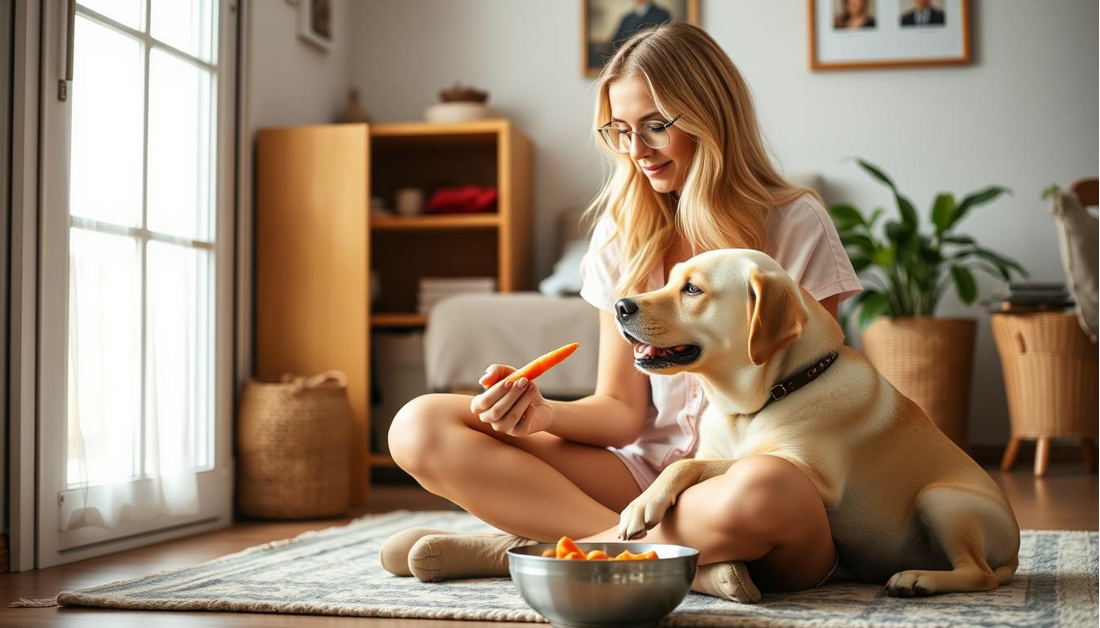
Preventing and Treating Summer Parasites
With the arrival of summer, fleas, ticks, and mosquitoes become a significant threat to your dog’s health. These parasites can cause discomfort, transmit diseases, and lead to serious health issues. Implementing effective prevention strategies is crucial to protect your dog.
Flea and Tick Prevention Strategies
Fleas and ticks are not just pests; they can transmit diseases like Lyme disease and tapeworms. Preventing infestations requires a multi-faceted approach.
Topical vs. Oral Preventatives
Topical preventatives are applied directly to your dog’s skin, while oral preventatives are given as medication. Topical treatments are effective but can be washed off, whereas oral preventatives work from the inside out, offering systemic protection.
Natural Repellent Options
For pet owners looking for alternatives to chemical-based preventatives, natural repellents like essential oils (properly diluted) and certain herbal remedies can offer some protection. However, their effectiveness can vary.
Dealing with Mosquitoes and Other Summer Pests
Mosquitoes are vectors for heartworms, a serious condition in dogs. Preventing mosquito bites is key to heartworm prevention.
Heartworm Prevention Importance
Heartworm prevention is critical as the disease can be fatal. Monthly preventatives, usually given orally or topically, are effective in preventing heartworms.
Yard Treatment for Pest Control
Treating your yard for pests can reduce the risk of parasite infestations. This includes using yard sprays or granules that target fleas, ticks, and mosquitoes.
Here’s a comparison of different parasite control methods:
| Method | Effectiveness | Ease of Use |
|---|---|---|
| Topical Preventatives | High | Easy |
| Oral Preventatives | High | Moderate |
| Natural Repellents | Variable | Easy |
| Yard Treatment | High | Moderate to Hard |
Conclusion: Ensuring a Happy and Healthy Summer for Your Dog
As the summer months approach, it’s essential to prioritize your dog’s health and safety. By implementing the daily care tips and strategies outlined in this article, you can help your dog stay cool, comfortable, and happy throughout the season.
Effective summer dog care involves a combination of proper hydration, regular grooming, and safe exercise routines. By paying attention to these aspects, you can significantly reduce the risk of heat-related distress and other summer hazards.
Maintaining your dog’s overall dog health is crucial during the summer. This includes monitoring their hydration levels, protecting their paws from hot surfaces, and adjusting their diet to meet the seasonal demands.
By following these summer safety tips, you can create a fun and safe environment for your dog to thrive. Whether it’s providing cooling products, preventing parasites, or simply spending quality time with your pet, every effort counts in ensuring a happy dog and a healthy dog.
With a little planning and attention to detail, you can make this summer a enjoyable and memorable one for your furry friend.
FAQ
How often should I bathe my dog in the summer?
The frequency of bathing your dog in the summer depends on their lifestyle, coat type, and activities. Generally, dogs that spend a lot of time outdoors or engage in activities that get them dirty may need more frequent bathing, while others may require less. Use a summer-appropriate shampoo to keep their coat clean and healthy.
What are some signs of dehydration in dogs?
Signs of dehydration in dogs include excessive panting, dry gums, lethargy, and a decrease in urine output. If you suspect your dog is dehydrated, provide water and consult a veterinarian.
How can I keep my dog cool during hot summer days?
To keep your dog cool, provide plenty of fresh water, shade, and a cool place to rest. You can also use cooling products like cooling mats, vests, or bandanas. Limit exercise to cooler parts of the day, and avoid leaving your dog in a hot car.
What are some safe outdoor activities for dogs in hot weather?
Safe outdoor activities for dogs in hot weather include water-based play, shaded park visits, and short walks during cooler parts of the day. Always monitor your dog’s comfort and adjust activities according to their needs.
How can I protect my dog’s paws from hot surfaces?
To protect your dog’s paws from hot surfaces, test the surface temperature before walks using the “7-second rule.” Consider using dog booties or paw wax for additional protection. Avoid walking on hot pavements and opt for shaded or grassy areas.
What are some homemade cooling treat recipes for dogs?
Homemade cooling treat recipes for dogs include frozen yogurt treats, fruit-based cooling snacks, and peanut butter-filled Kongs frozen with water or broth. Always check the ingredients for dog safety.
How much water should my dog drink in the summer?
The amount of water your dog needs in the summer depends on their weight, activity level, and climate. A general rule is to provide 1 ounce of water per pound of body weight per day. Monitor your dog’s water intake and adjust as needed.
What are some tips for preventing heatstroke in dogs?
To prevent heatstroke in dogs, avoid exercising them during the hottest part of the day, provide plenty of shade and water, and never leave them in a hot car. Monitor their temperature and watch for signs of heat-related distress.
How can I keep my dog’s fur clean and healthy in the summer?
To keep your dog’s fur clean and healthy in the summer, brush them regularly to remove loose hair and distribute skin oils. Bathe them as needed, and consider using a dry shampoo or grooming wipes for quick cleanups.
What are some summer diet tips for dogs?
Summer diet tips for dogs include feeding lighter meals, adjusting feeding schedules to avoid the hottest part of the day, and incorporating cooling foods or treats. Consult with your veterinarian to determine the best diet for your dog.







